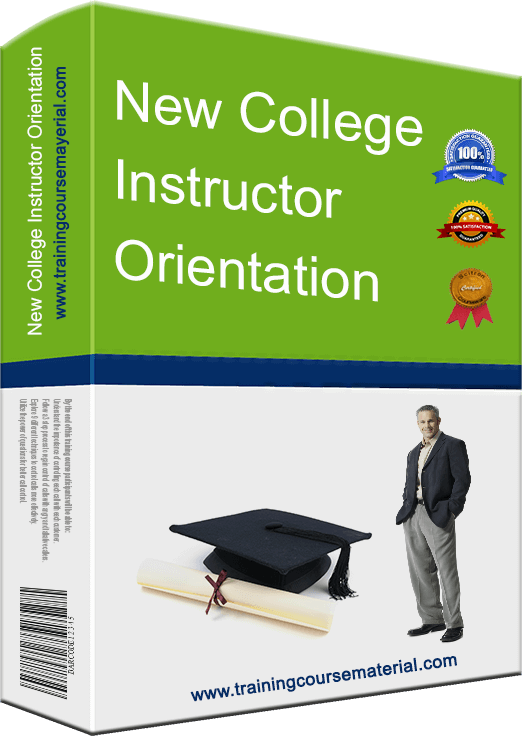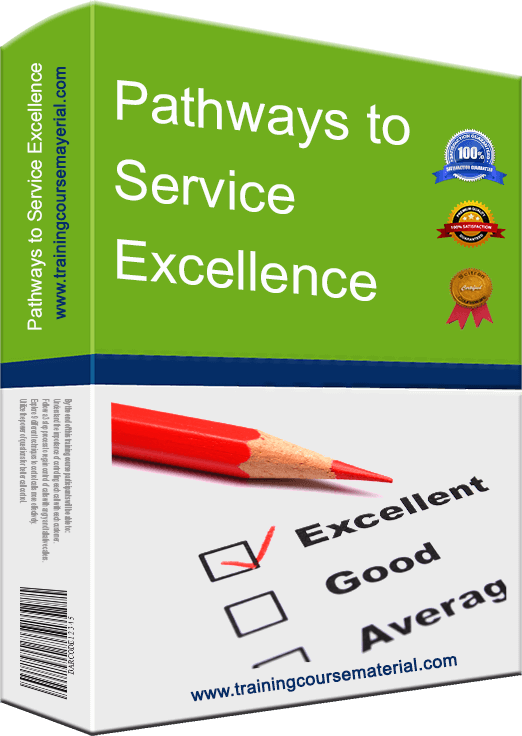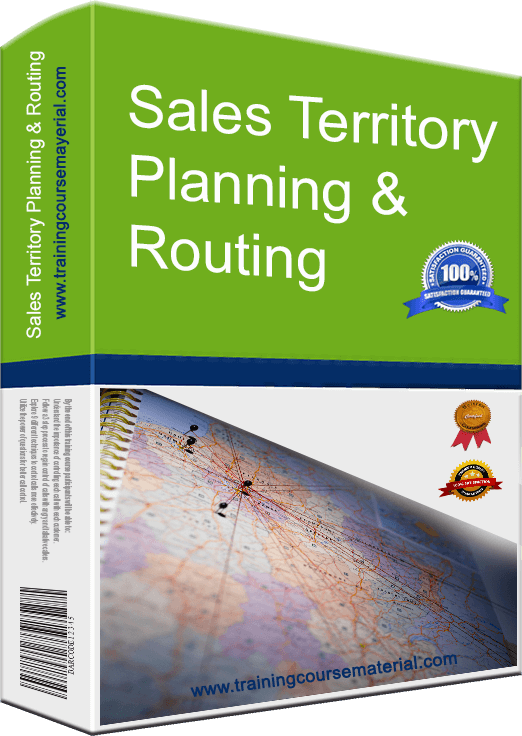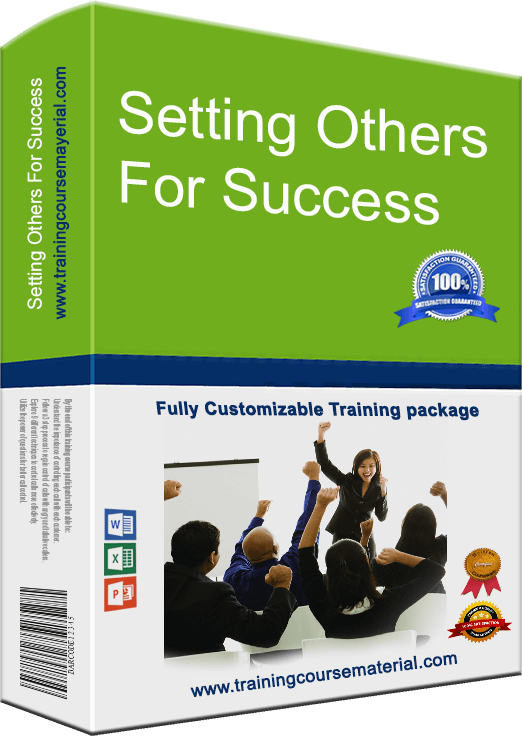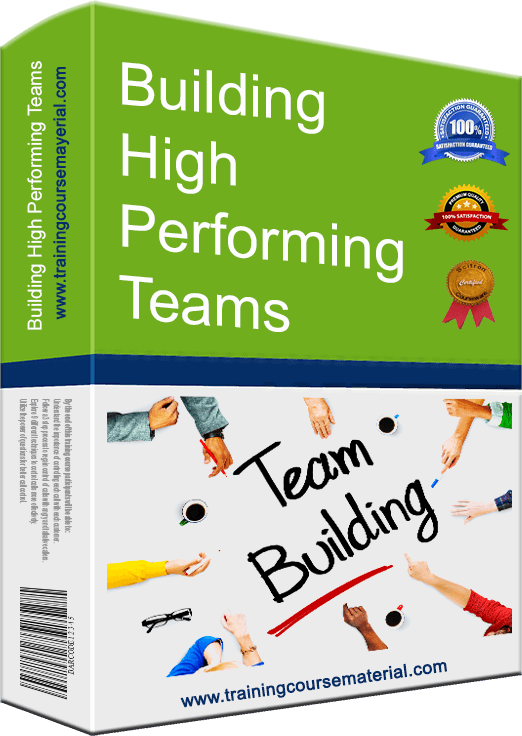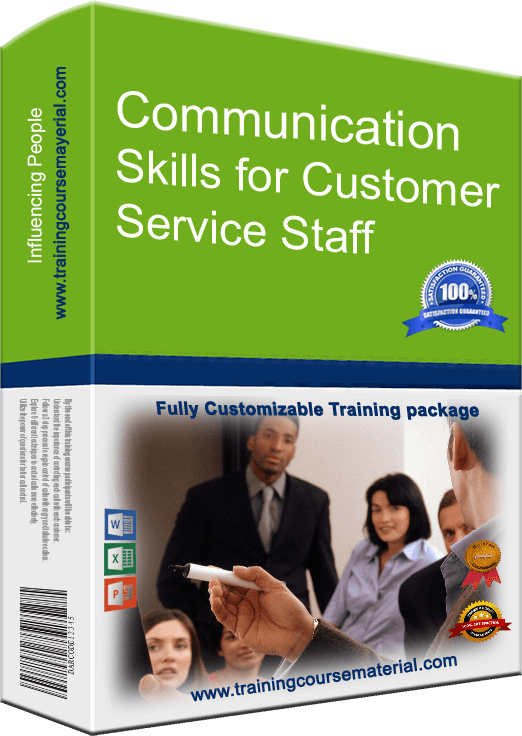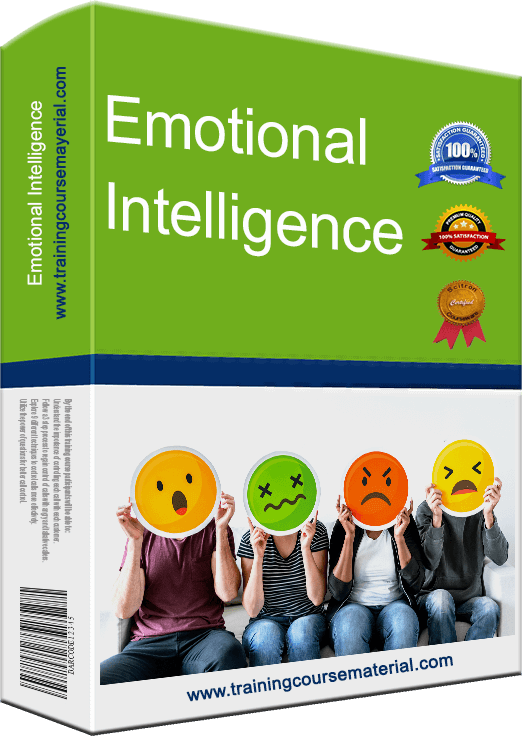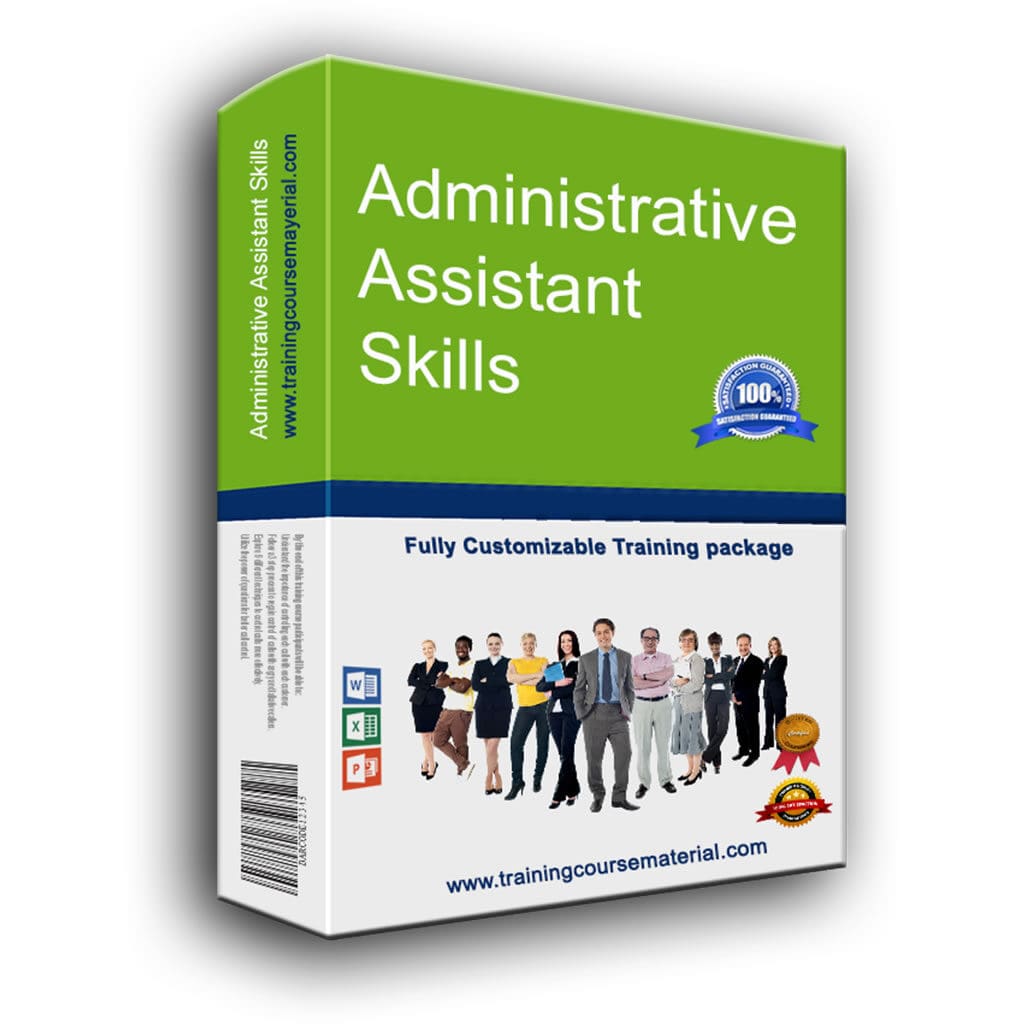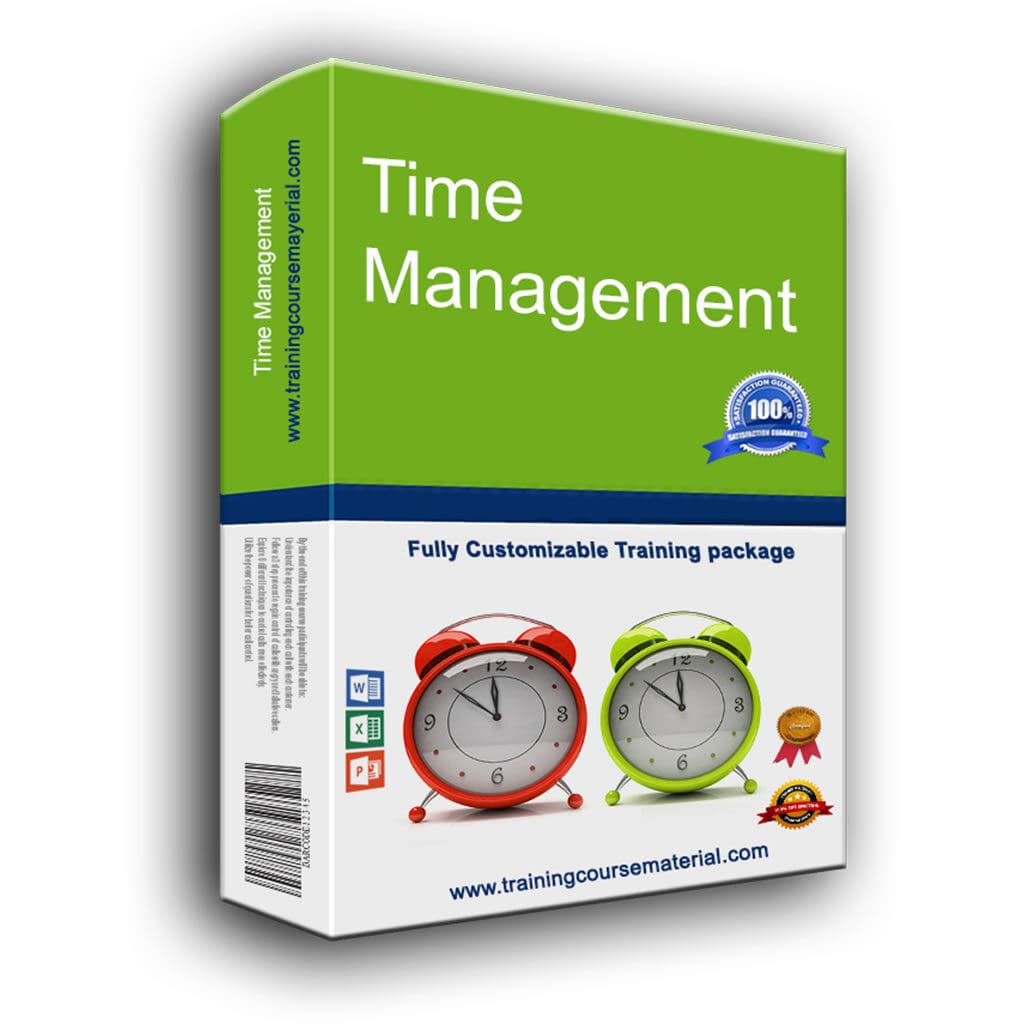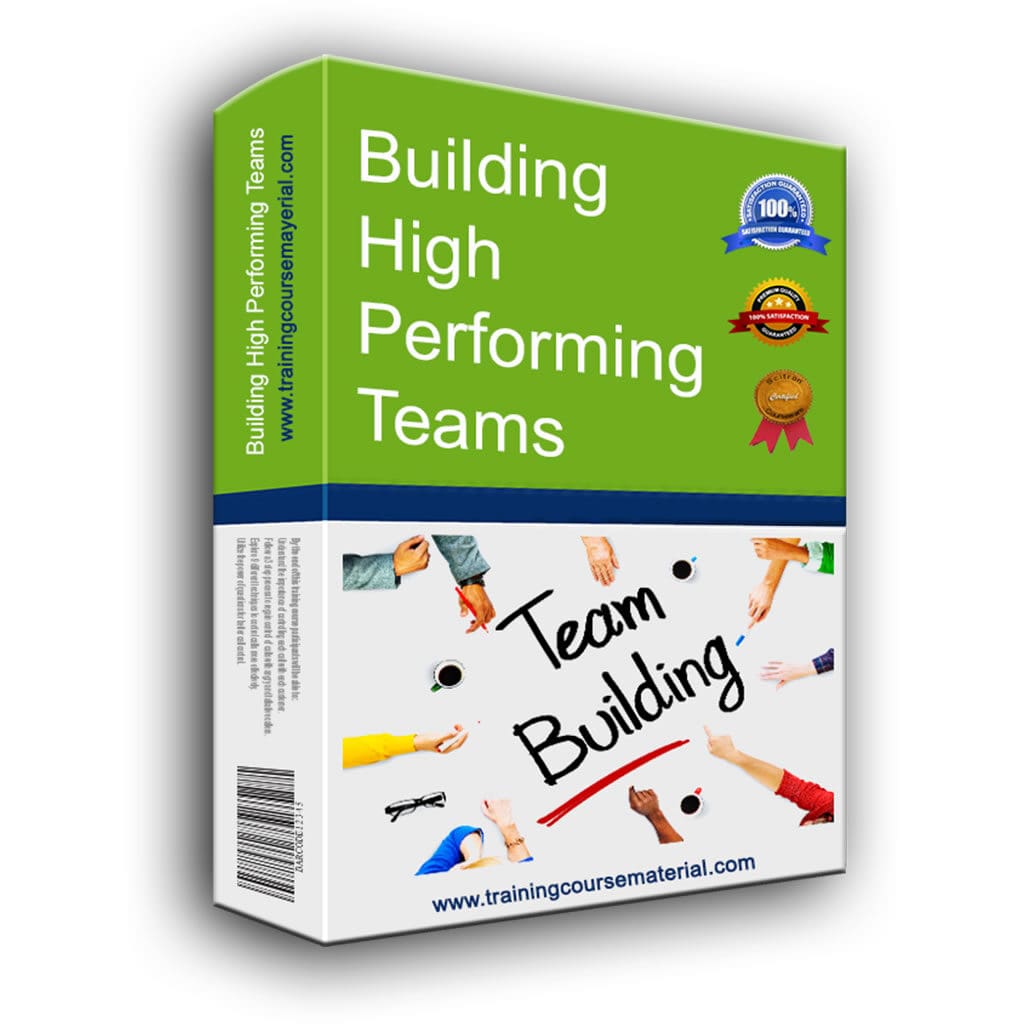The Skill Vs Will Matrix
The Skill vs. Will matrix is a tool to help you identify the best management approach to use with a certain team member. It can be a powerful tool and this power comes from its simplicity, it’s based on only two metrics: their “skill” and their “will” levels.
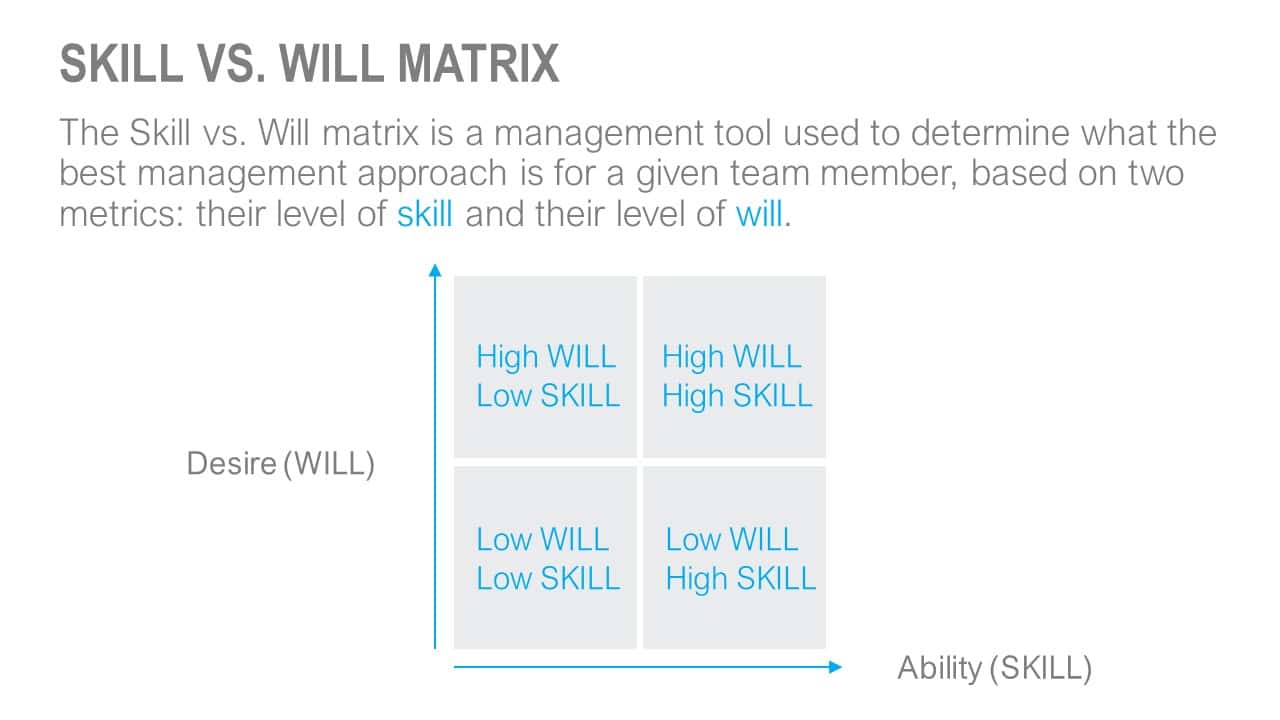
The skill vs will matrix will force you to focus to answer two simple but powerful questions that are of key importance:
- Does the person have the required skills to successfully complete his/her task?
- Do they really want to complete the task?
The answers to these two questions are the key determinant of the most suitable management approach to use with the person.
Understanding how the skill vs will matrix works and how to apply it:
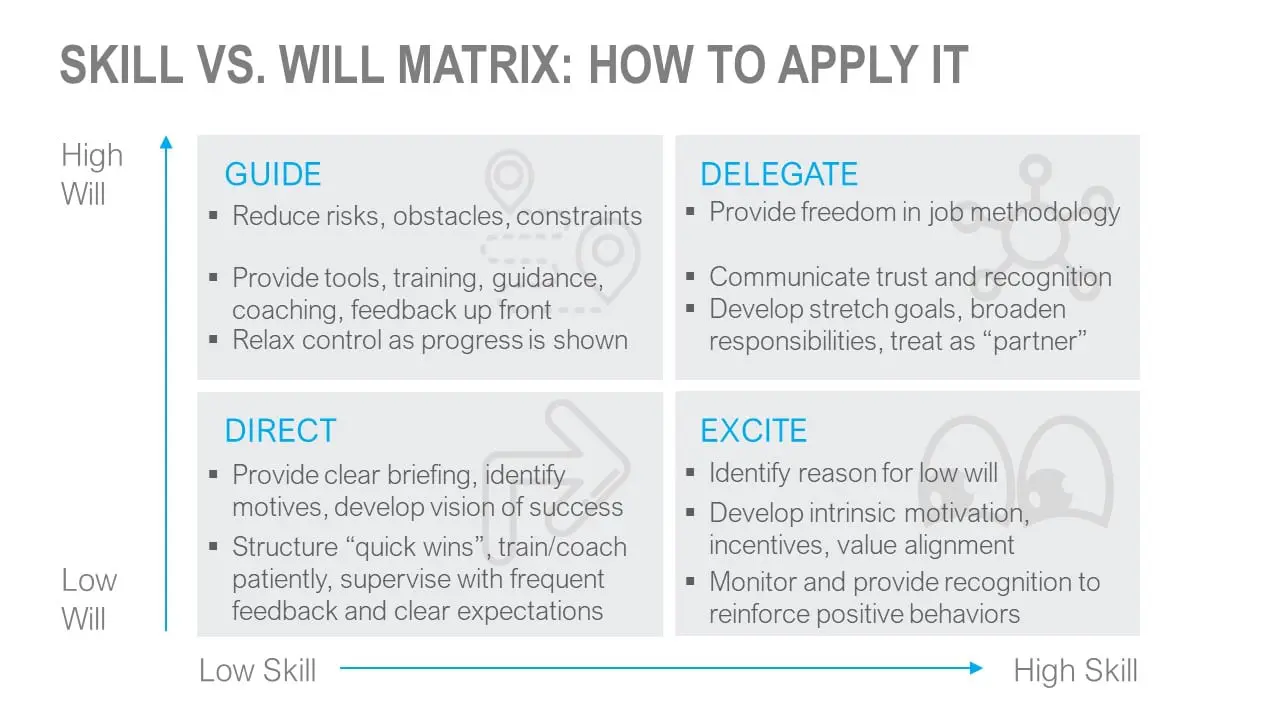
In case of Low Skill – Low Will
Recommended actions: Direct, excite and motivate
Having both low skill and will is the worst-case scenario. The manager’s role is crucial in such situations and will consist in both taking charge and inspiring. Direction implies solid guidelines, control and decision-making, is time-consuming and should ideally be viewed as only temporary. It’s important to set clear goals, objectives and action plans which the individual knows you’ll follow up on.
In case of High Skill – Low Will
Recommended actions: Coach and motivate
Coaching here needs to focus on motivation: the skills are there, and a manager must now instill confidence and enthusiasm in the worker. Decision-making is still very much the coach’s responsibility, but communication will be the key. A coach should aspire to have the employee take responsibility for themselves eventually. Coaching emphasizes the importance of the learner taking responsibility for their learning. The coach focuses on asking questions to encourage the learner to think for themselves rather than being told what to do.
In case of Low Skill – High Will
Recommended actions: Support
For example, when a new recruit is excited about starting and motivated to get off to a good start and make a good impression. The coaching style is mostly aimed at encouraging the learner to explore ideas and courses of action, and directing and channeling the worker’s actions and supporting him/her in his/her decisions.
In case of High Skill – High Will
Recommended actions: Delegate
This is obviously the best-case scenario and the easiest to handle, the manager gives a lot of leeway and responsibilities to his or her employee, and gets involved when called upon. It is an opportunity for the worker to develop and work his way up. For that reason, the manager should still follow closely the evolution of the employee, in order to set challenging goals and make sure to maintain a high level of motivation.
For more management skills, check out our “Managing People” instant download training material package

34 Full Courses & 6 Mini Courses
Get all available programs
& save ...!!
Price: $4499.95 $2995.95
Great Value For Money
Read More
Are You a
Visual, Auditory or Kinaesthetic ?
How well do you
cope under
pressure?
.
Are You A
people person?
.
Forward looking, or
Stuck in a time
warp?
How content
are you?
.
How soft-centred
are you?
.
Find Out
Your Leadership
Style
How
Emotionally intelligent are You ?

|
+ | 
|
The Presenter-Trainer Package®
Train The Trainer
Presenting With Impact
Price: $359.95 $299.95
SAVE $59.95
Read More
Retail Excellence Series®
3 Complete Courseware
Packages in 1
Frontline Retail Selling Skills
Retail Sales Planning & Forecasting
Passionate Retail Experts
Price: $539.855 $349.95
Pay for 2 Get 1 Free
Read More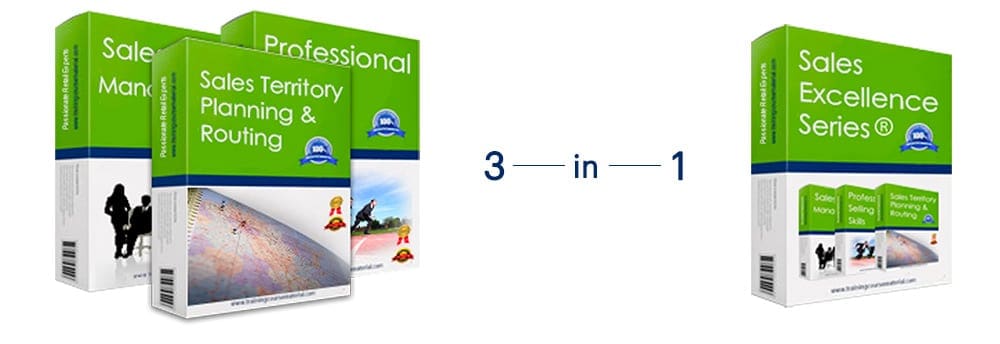
Sales excellence series®
3 Complete Courseware
Packages in 1
Sales Management
Professional Selling Skills
Sales Territory Planning & Routing
Price: $539.855 $349.95
Pay for 2 Get 1 Free
Read More
Call Center Excellence Series®
4 Complete Courseware
Packages in 1
Handling angry and difficult callers
Call control
Find a way to say YES!
Successful telephone debt collection
Price: $719.95 $449.95
Pay for 2 programs and Get 2 programs Free
Read More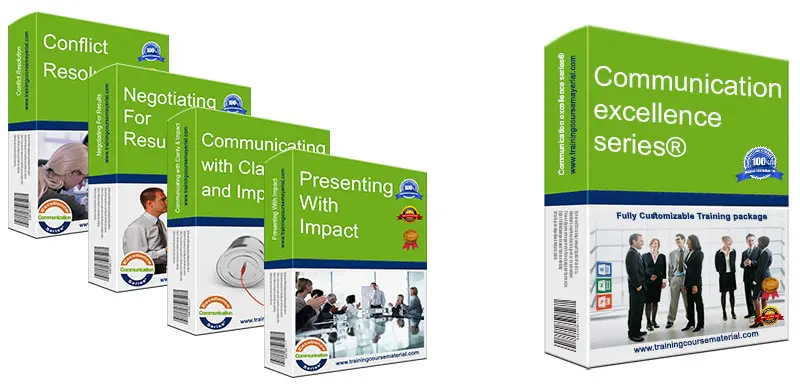
Communication Excellence Series®
4 Complete Courseware
Packages in 1
Communicating with clarity and impact
Negotiating for results
Conflict resolution
Presenting With Impact
Price: $719.95 $449.95
Pay for 2 programs and Get 2 programs Free
Read More
Customer Service Excellence Series®
5 Complete Courseware
Packages in 1
Vision, Energy & Passion To Serve
Pathways to service excellence
Find a way to say YES!
Passionate Retail Experts
Setting others up for success
Price: $899.75 $599.95
Pay for 3 Get 2 Free
Read More
Instant Download
Training packages
Price: $199.95 $179.95
No matter who you are, we all have 168 hours each week. Your ability to best utilize those 168 hours will ultimately determine your success. Using self-discovery, hands-on activities and innovative concepts, throughout this high energy training program, participants will learn how to get better control of their time and their life in general.
Price: $199.95 $179.95
A highly engaging one-day training program packed with a plethora of fun activities and games focusing on the key characteristics of high performing teams.
Price: $199.95 $179.95
All you need
to deliver a great training!
Our training material packages come with all you need to provide
a professional and accelerated learning solution with

High Impact
Power Point Slide Deck
To support immersive learning, a high impact professionally designed power point slide deck to engage trainees at all levels.

Student
Workbook
A comprehensive reference workbook you can give out to your class participants as a quick future reference.

Trainer
Guide
With step-by-step clear directions with tips and suggestions on what to say and how to present each slide.

Activity
/Exercise Sheets
Various training material and support documents to help you both explain and debrief the different exercises, activities and games Plus a fun final Jeopardy style review game as a fun ending for your training program.

Additional
Support Documents
To ensure you have all you need to deliver a complete and professional training program, additional supporting documents are included with each full course material package. From training evaluation forms to 5 different certificate templates that you can edit and hand out to your participants at the end of your training.

Job Aids
& Forms
Specific forms designed to extend and reinforce the training that participants can utilize back on the job to help them apply the new learned concepts (Select training material packages)





